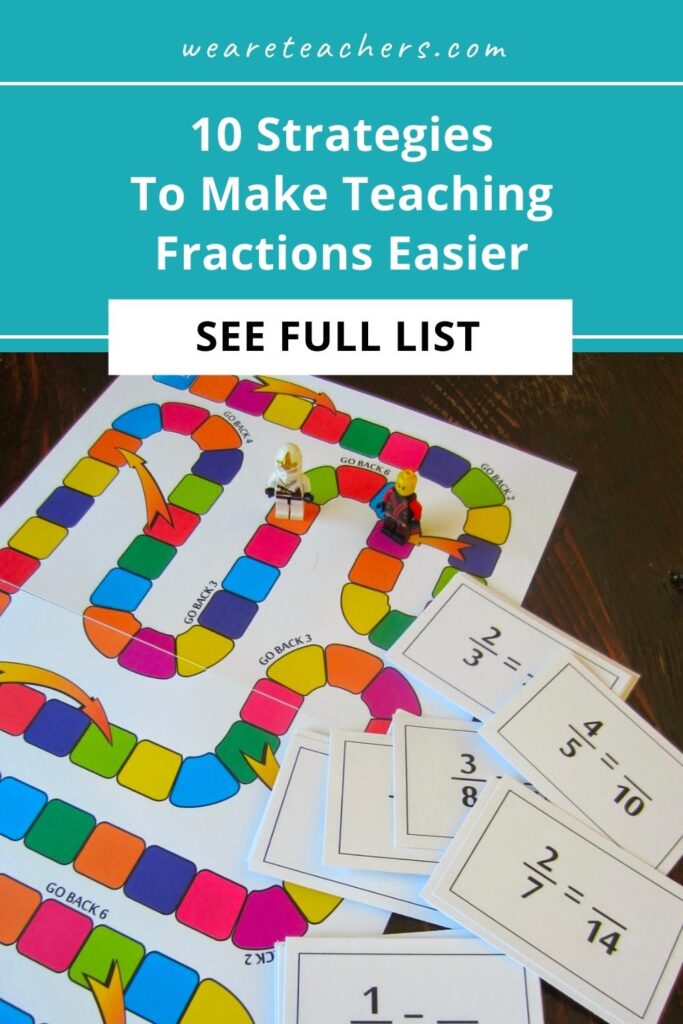Every year around this time, I hear the same chorus in the hallways: “My kids just aren’t getting it! Teaching fractions is so hard!” While fractions are traditionally taught in elementary and middle school, I’ve even heard from some high school teachers who say their students struggle to understand them.
In fact, leading mathematicians like Dr. Tom Dick, one of the authors for the Texas Instruments Building Concepts program, have said that a solid understanding of fractions is one of the foundations on which high school math success is built.
Teaching fractions is an essential part of math curriculum. But why are fractions so hard for kids to understand? There are three big things that trip kids up most often.
- We are often asking kids to perform a series of steps without understanding the reasons behind the steps. Sometimes, when they’re younger, students are not even developmentally ready to understand the concepts.
- Kids often develop misconceptions about all challenging topics in mathematics, including fractions. When we can help kids confront those misconceptions, learning often occurs more easily.
- Kids struggle with fractions for the same reason that kids struggle with a lot of new concepts: They just need practice.
We can help kids move beyond these obstacles. Here are 10 ideas for teaching fractions that do the trick.
1. Get hands-on with manipulatives

The concept of a “fraction” is abstract, and visualizing part vs. whole is a developmental skill not fully in place for some kids until middle or high school. Manipulatives can help the concepts become more concrete. I love building fraction kits with my kids at the beginning of every fraction unit I teach.
Building the kit together gives kids a visual concept on which they can build the rest of their knowledge. We use the kits throughout our entire fraction unit. I’ll keep my fraction kit taped to the board throughout my unit, and refer to it when we need to work out a problem together.
I like to build my kits with my students when they’re younger, but my colleagues with older students will often keep a few pre-purchased kits on hand for kids to turn to.
Bonus: This DIY pool noodle manipulative for teaching fractions is inexpensive and fun.
2. Use grid-based visuals
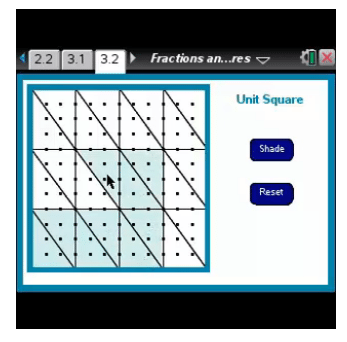
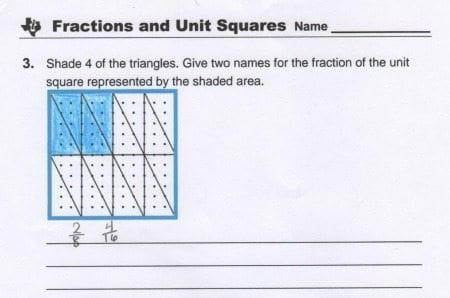
Anytime I can provide an image to go with the concept I’m teaching, I know I’m going to be in better shape. One way I do this when teaching fractions is to ask students to create the visual on paper. This activity from Texas Instruments teaches students how they can represent fractions in a more visual way.
With a grid-based system, the teacher uses a projector or interactive whiteboard to introduce a lesson that presents fractions (as well as fraction-based computations for more advanced students) as shapes. After the kids have seen the visual representation on the screen, they can make their own fraction pictures on the free printables that go with the activities.
3. Play board games
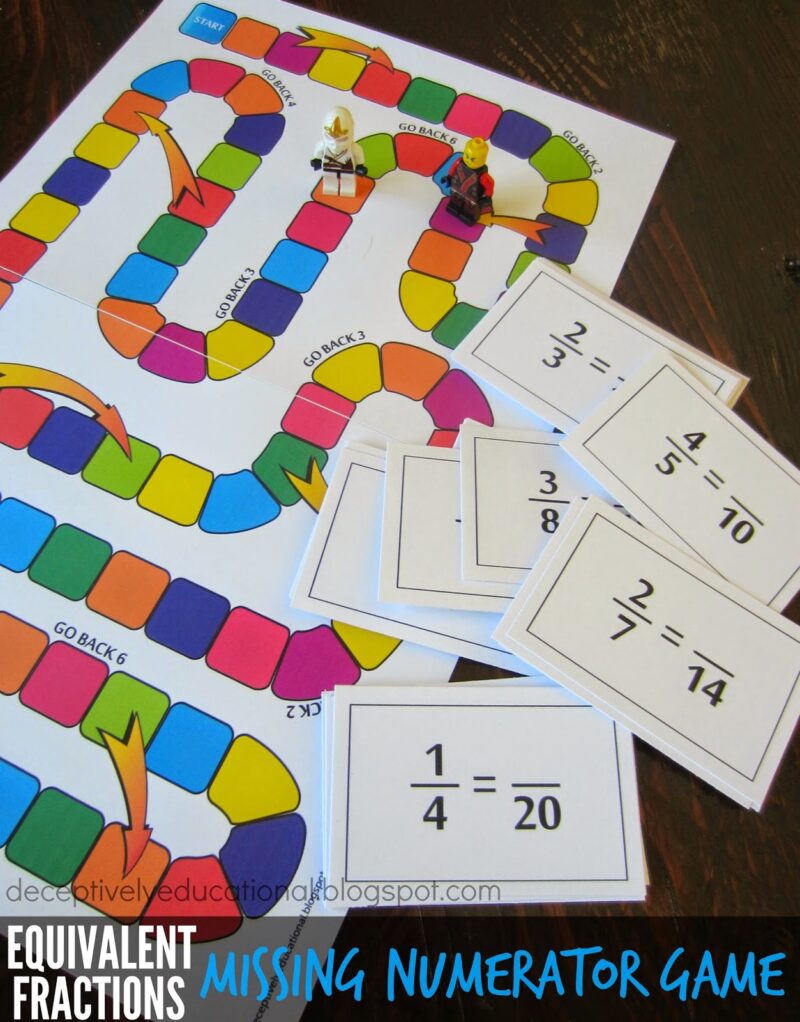
Games serve more than one purpose. First, they make what could be a dry and boring topic to your students more fun and interesting. They also often provide that visual component that is especially helpful for some students. Here are a couple of my favorites:
Missing Numerator Game: For this game, the student needs to determine the missing numerator to determine how many spaces to move forward. Sometimes kids just need practice to build fluency with a particular skill. Games like this can make the required practice a little less painful.
Domino Fraction Games: There are two fun games on the Upper Elementary Snapshots website. Both of them involve drawing dominoes but using the two opposing sides of the dominoes as fractions. The possibilities here are endless: Compare fractions, add fractions, match fractions. Pick your favorite and dive in with your kids.
4. Turn to tech
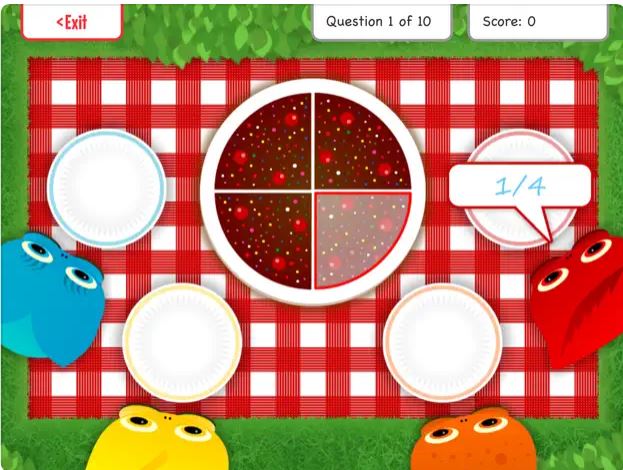
Another strategy I like to use to help kids build fluency with their fractions skills is to let them practice digitally. Apps and other online resources can help solidify concepts. Two apps that my students particularly enjoy are Squeebles Fractions and Fractions. Smart Pirates. But you can find a giant list of websites and apps here.
Both apps present fractions visually and include fun games that ask students to be more flexible in their thinking about fractions, often helping correct misconceptions kids may have in place. For example, one activity from Squeebles Fractions helps students understand that serving ⅓ of a cake may still require two pieces, not just one.
5. Give step-by-step strategic instruction
When you’re introducing a new concept, free exploration with manipulatives and games can help students become ready to learn. But I’ve learned that when it comes time to teach a particularly challenging concept, it’s always helpful for me to map out my goals and objectives.
Step-by-step, strategic instruction can address all three of the larger issues listed above that students face when they’re struggling to learn fractions: limited understanding, misconceptions, and lack of practice. If you feel like your math curriculum isn’t offering enough guidance, I love the free resources available through the TI Building Concepts program, which provide the kind of structure that helps guide students through what can be a tricky concept.
6. Model fractions with food

One of the best ways I found to introduce and reinforce fractions with my students was to use food. Things such as pie, pizza, and Halloween candy relate particularly well for real-world context and visualization. Even in seventh grade, dealing with multiplying and dividing fractions, I would always come back to my pizza example. The prompt that would always connect the best with ravenous middle schoolers was when I drew a pizza on the board and started dividing it into smaller and smaller fractions. I would ask while pointing to the ½ slice and the ⅛ slice, “Do you want this slice, or this slice?” When they could clearly see that the ⅛ slice was much smaller than the ½, the abstract concept of “part of a whole” became much more concrete (and tasty).
7. Get up and moving
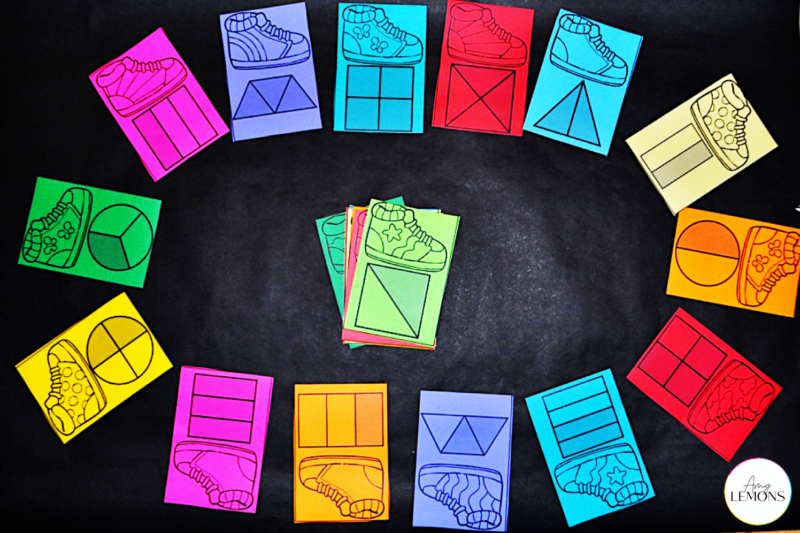
Teachers can introduce fractions in all kinds of creative ways, but if students are antsy and wiggly, they won’t retain much of what’s been taught. Getting wiggles out, particularly for younger students, is important. This up-and-moving fractions game, similar to a traditional game of Musical Chairs, accomplishes two vital things (among others): getting kids up and moving, and having them associate a fraction that they see into one that they also have to write. Visuals are incredibly helpful when teaching fractions, and visuals that students can literally move to and interact with are even better.
8. Transform fractions through gamification
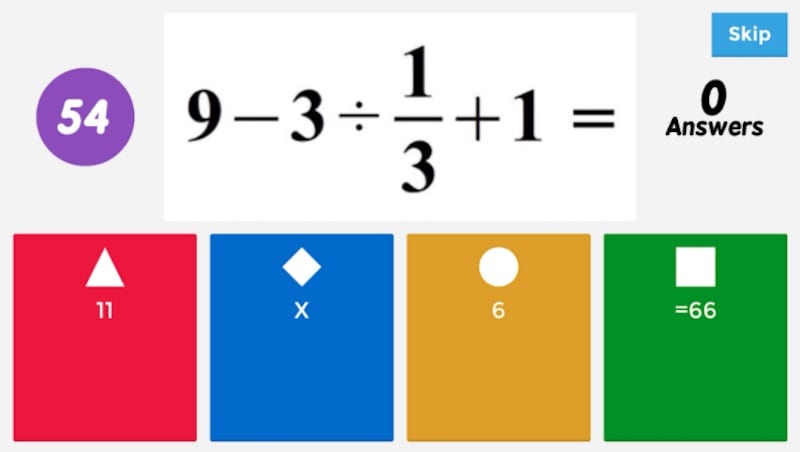
Even before the pandemic hit and we were all forced into various spectrums of virtual learning, I used online games such as Kahoot!, Blooket, and Quizlet frequently in my classroom as a strategy for introducing a new topic, reinforcing concepts throughout our unit, or preparing for a test. These gamified learning resources saved me time and time again during distance learning as one of the very limited ways I was able to engage students through a screen. Simply search for whatever fraction concept you’re currently working with, and I guarantee you there will be a plethora of choices to use with your students (Quizizz and Gimkit are also great gamified resources).
9. Appeal to the artistic crowd
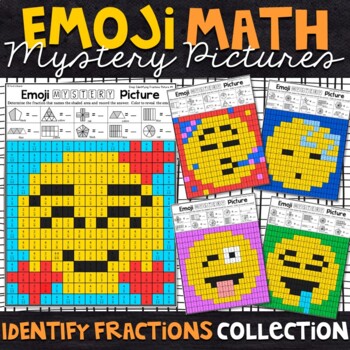
All students love to color every once in a while—yes, even middle schoolers. Using the tried-and-true “color-by-number” method is actually fantastic for students to practice their fraction skills because it uses yet another way of interacting with fractions in a concrete way. There’s a color-by number for virtually any fraction topic you’re working on (check out this emoji-themed one, perfect for elementary students learning to identify fractions as part of a whole). Mystery pictures are a great option for math centers/rotations, early morning work or for early finishers, and as a Friday fun activity. You can even find ones that have a digital component!
10. Play music
When I was growing up, every school had the option to join band, orchestra, and choir. I played the clarinet from fourth grade through high school. I quickly learned that math and music are deeply intertwined, and I still believe that learning to read music helped me learn more complex mathematical concepts. Though sadly, these types of classes are becoming less and less common, you can sneak in a basic reading music lesson to help teach your students about fractions. For example, a whole note is held for four counts, whereas a half note is held for—you guessed it—two counts. There are quarter notes, eighth notes, and even sixteenth notes.
Looking for even more fun and engaging ways to teach fractions? Check out 30 Fun Fraction Games and Activities for Kids.
Plus, grab this free Pizza Fractions poster set.
